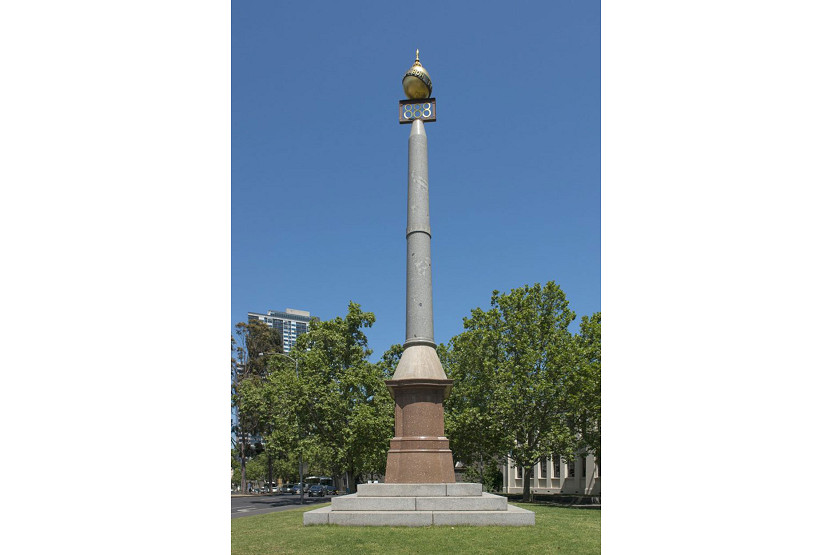Shirley Andrews: 1915-2001
Shirley was born in Sandringham and completed her secondary schooling at St Michael’s Grammar School in St Kilda before enrolling in a science course at the University of Melbourne in 1934.
Subsequently she lived and worked in the vicinity of North Melbourne and in her later years she settled in a house that she built in Shiel St.
Her first job was at the University’s Veterinary School (1937) before taking up the position of research officer at the CSIRO in 1947. She was a skilled professional, but her employment was jeopardised by her membership of the Communist Party.
Shirley was passionate about human rights, and she was committed to working toward a more just and equal society. Shirley never saw herself as a revolutionary, but the party gave her the means of contributing to many worthwhile causes through which she could pursue her vision.
Shirley was a skilled folk dancer and she was a member of the Unity Dance Group which performed at events of the Australian Communist Party. She was interested in early forms of Australian dance and her research continued with the Victorian Dance Assembly until shortly before she died.
In 1951 she joined the Unity Dance Group in a trip overseas, and she visited Berlin for the World Youth Festival. She subsequently travelled in Eastern Europe for six months. She found it difficult to obtain a job on her return because of her membership of the Communist Party but in 1953 she was employed at the Royal Park Psychiatric Hospital where she worked with Dr John Cade who was working on the use of lithium for the treatment of bi-polar mood disorders. She retired in 1977 after a highly successful career.
Shirley was a founding member of the Council for Aboriginal Rights and later its secretary. She was on the committee of the Federal Council for Advancement of Aborigines and took a major role in advocating for the passing of the 1967 referendum on including Aborigines in the census. She resigned from the organisation in 1968, believing that Aborigines should take the lead role in fighting for their advancement.
Shirley did not seek the limelight and never achieved public recognition. She was hindered in her professional life through being a woman and a left-leaning, unmarried one at that. But her vision and commitment contributed to the world becoming a better place and, as the referendum of the Indigenous Voice to Parliament draws closer, it is fitting to remember her.
This article is based on a PhD thesis written in 2011 by Jennifer A Hibben titled Shirley Andrews: A Prismatic Life. •
Felicity Jack, for the Hotham History Project. •
For more information: hothamhistory.org.au

Jo Ryan unveils Ordered Chaos at Blender Studios






 Download the Latest Edition
Download the Latest Edition